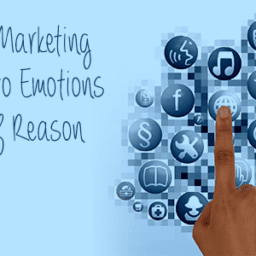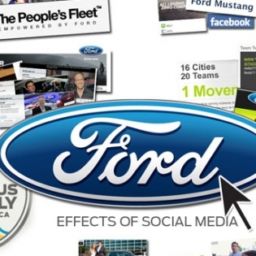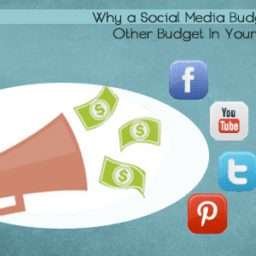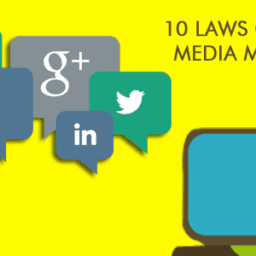
A picture is worth a thousand words — but in business, entrepreneurs don’t like to leave much to interpretation.
It is for this reason that graphic interchange format files, or “GIFs,” have proliferated our digital landscape over the last few years. And while you may not know of them, there is a very high likelihood that you have seen them.
The low resolution files, short and repeating, often with a title or phrase embedded in it, have become commonplace in our digital lives, from news to sports highlights to daily philosophical and comic relief.
GIFs (pronounced “jiff’, as in the peanut butter) have been around since the late 1980s, but platforms were slow to adopt them. Many websites, such as Tumblr, have supported them for a few years, but last year, two behemoths — Twitter and Pinterest — announced their platforms would support auto-playing GIFs. This summer, Facebook announced its news feed would now support the video aspect through links to GIFs.
Related: Here are 5 Ways GIFs Can Amplify Your Content
Another reason they have become so popular is because in today’s culture of 140 character Tweets and seven second Vine videos, our attention spans continue to diminish and we are increasingly demanding to consume more stuff in less time.
This is not necessarily a bad thing, but businesses need to adapt.
For businesses, GIFs offer the opportunity to better connect with customers while respecting their time and attention by providing content that:
- Adds important context
- Emphasizes key points
- Demonstrates that your business understands it customers and how they are communicates (especially with younger customers)
- Shows off your creativity (and possibly, sense of humor)
- Promotes more engagement (and sharing)











